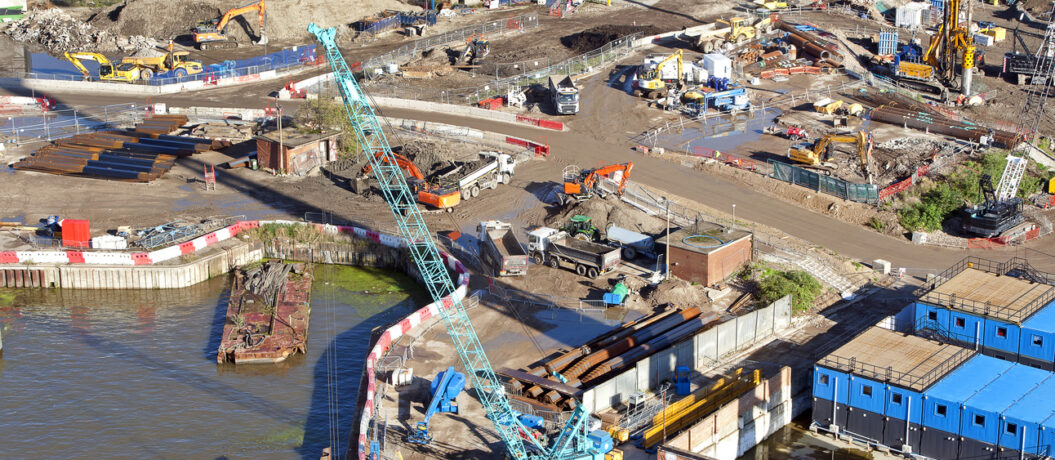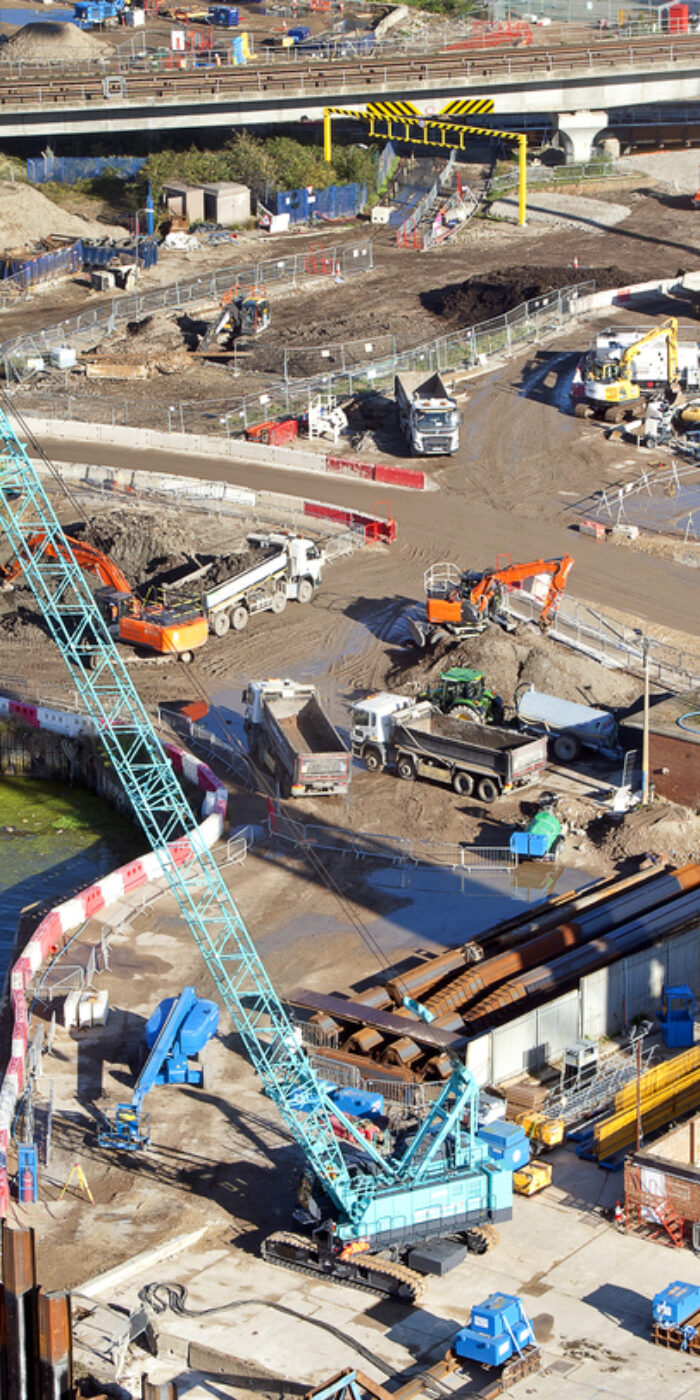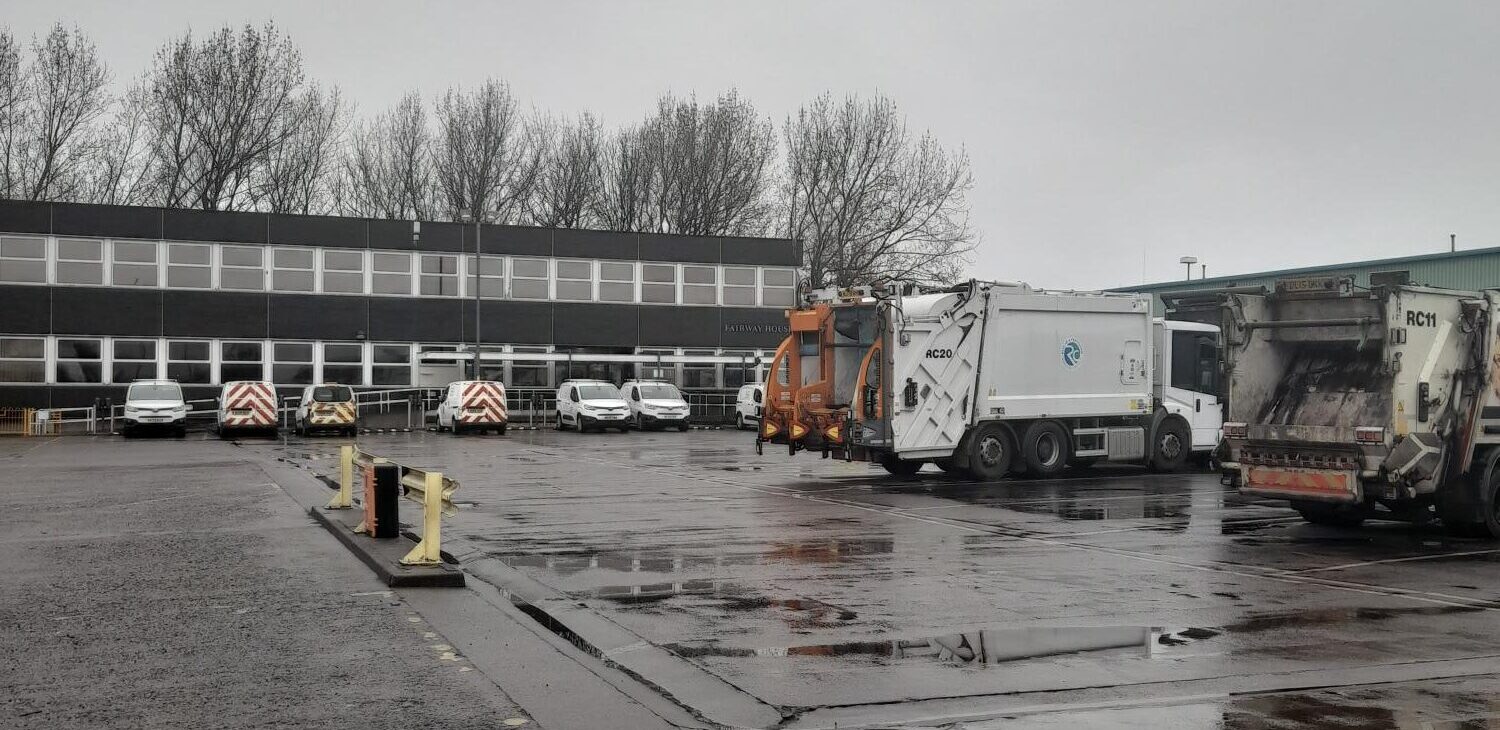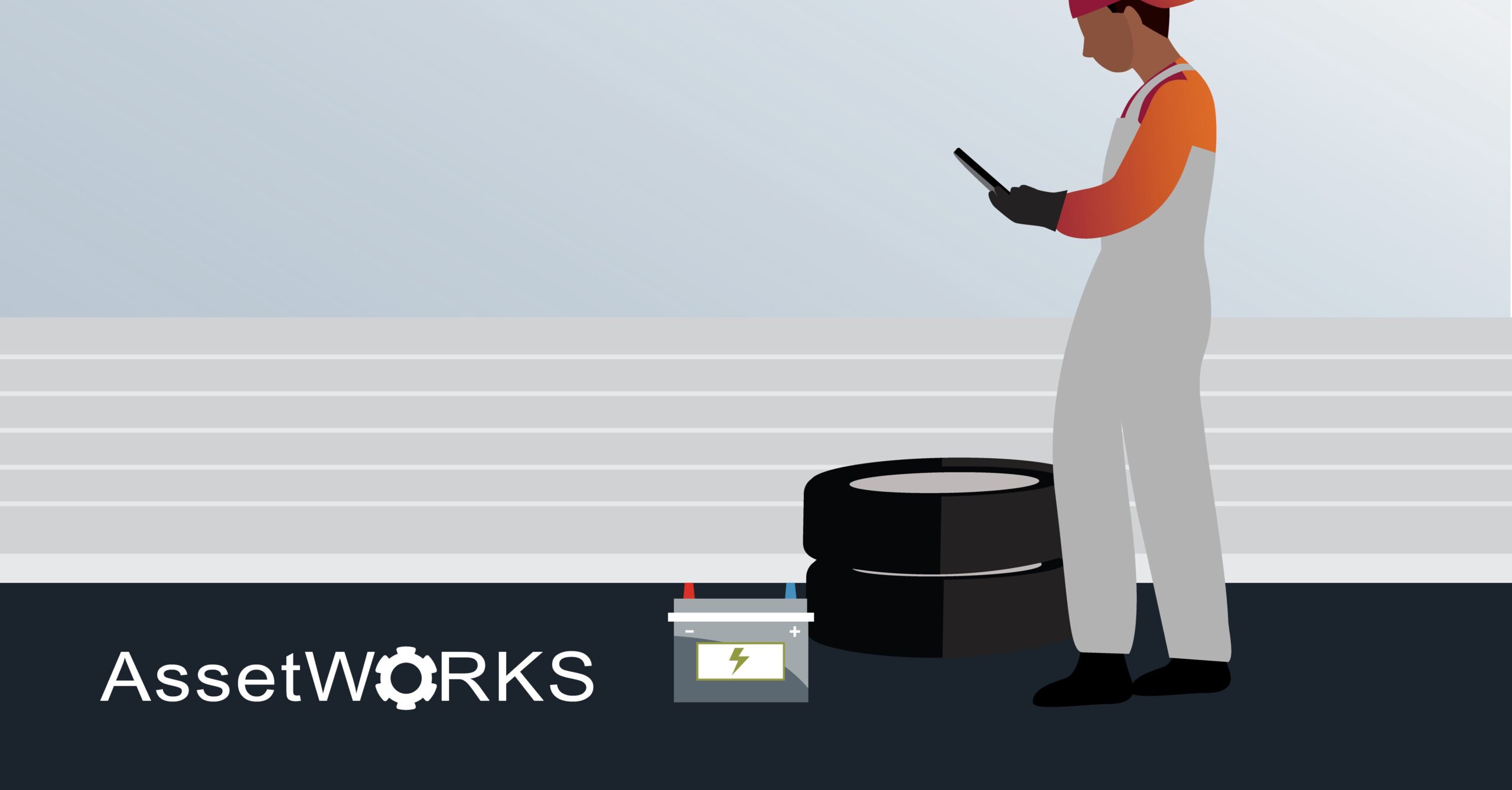Managing a diverse array of assets within plant and construction fleets presents a myriad of challenges in the UK. From heavy machinery, specialised equipment, to various vehicles, fleet managers navigate through a spectrum of hurdles that require nuanced strategies to maintain operational efficiency and productivity.
Understanding the Varied Asset Landscape
One of the fundamental challenges lies in comprehending the distinct needs of different assets. Each piece of machinery or equipment entails specific maintenance schedules, operational intricacies, and tracking protocols. This necessitates a meticulous approach towards asset identification, classification, and understanding their unique requirements.
Here’s how fleet management software can help:
- Centralised Database: FleetFocus offers a centralised repository for all assets, enabling efficient classification and categorisation based on type, maintenance needs, and operational requirements.
- Detailed Profiles: Each asset can have a dedicated profile outlining specifications, maintenance history, and usage patterns, aiding in better understanding diverse asset needs.
- Real-time Monitoring: Enables continuous monitoring of asset performance metrics such as fuel consumption, engine health, and usage patterns, providing immediate insights into their operational status.
- Diagnostic Alerts: Generates alerts for potential issues or anomalies in asset performance, aiding in proactive maintenance to prevent breakdowns.
- Usage Trends: Provides detailed analysis and reports on asset usage trends, identifying peak usage times, downtime, and underutilised periods.
- Optimisation Recommendations: Offers suggestions on optimal asset deployment and utilisation based on historical data, improving overall fleet efficiency.
- Regulatory Compliance Tracking: Helps in tracking and ensuring compliance with industry standards, certifications, and legal requirements specific to different assets.
- Audit Trails: Maintains detailed records of asset usage, maintenance history, and compliance-related activities, aiding in audits and regulatory checks.

Maintenance and Lifecycle Management
Maintaining a fleet that encompasses diverse assets involves intricate maintenance schedules and lifecycle management. Ensuring timely servicing, repairs, and parts replacement becomes complex when dealing with a wide range of equipment. Implementing a cohesive maintenance system is imperative to prevent downtime and ensure optimal functionality across the fleet.
Here’s how fleet management software can help:
- Scheduled Maintenance Alerts: The software allows for automated scheduling of maintenance tasks based on asset-specific requirements, sending alerts for servicing, repairs, or part replacements.
- Lifecycle Tracking: It facilitates tracking the entire lifecycle of assets, including warranty details, service records, and depreciation, ensuring timely replacements or upgrades.
- Predictive Analytics: Sophisticated fleet software employs predictive algorithms to anticipate maintenance needs based on usage patterns, reducing downtime and unexpected breakdowns.
- Data-Driven Insights: It generates actionable insights through data analysis, empowering managers to make informed decisions about asset replacements, operational changes, or investments.
- Total Cost of Ownership (TCO): Provides comprehensive insights into the TCO of assets, considering acquisition costs, maintenance, operational expenses, and eventual disposal costs.
- Cost-Benefit Analysis: Assists in evaluating the cost-effectiveness of asset upgrades, replacements, or alternative maintenance strategies.

Skillset Diversification and Training
Operating diverse assets often demands varying skill sets from the workforce. Adequate training programmes are crucial to equip personnel with the expertise to handle different machinery safely and efficiently. Bridging the skill gap through training not only ensures workforce competence but also minimises the risk of accidents or equipment misuse.
Here’s how fleet management software can help:
- Software Training: Fleet management software can provide training and resources tailored to each asset, providing accessible and comprehensive training materials for the workforce.
- On-the-Job Training Support: Providing on-the-job training resources like manuals, troubleshooting guides, and instructional videos accessible directly from the field using mobile devices integrated with the software.
- Certification Tracking: It helps in tracking certifications and qualifications required for operating different assets, ensuring compliance and safety.
- Support Forums: A good fleet software company will have forums or discussion boards to encourage knowledge sharing and peer learning among employees, customers and suppliers.
- Resource Centralisation: Acting as a central hub for training materials, manuals, safety guidelines, and best practices, ensuring consistency and accessibility across the workforce.
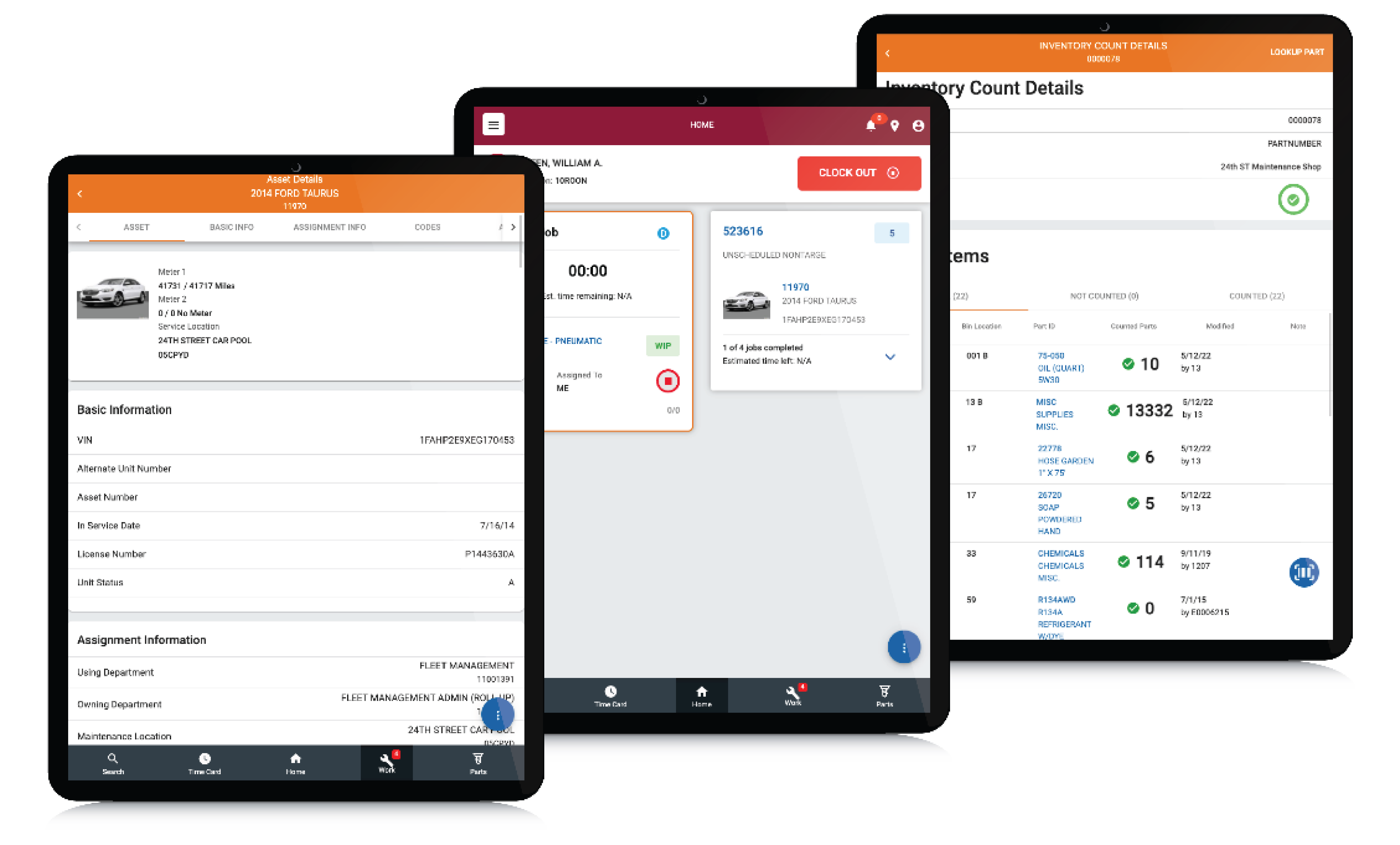
Asset Tracking and Optimisation
Tracking and monitoring diverse assets pose logistical challenges. Employing effective asset tracking systems aids in monitoring usage patterns, optimising asset utilisation, and identifying underutilised equipment. This data-driven approach enables informed decisions regarding fleet deployment and resource allocation, contributing to cost efficiencies.
Here’s how fleet management software can help:
- Real-time GPS Tracking: Utilising telematics technology, the software allows real-time tracking of asset locations, aiding in optimising routes and resource allocation.
- Utilisation Reports: It generates detailed reports on asset utilisation, identifying underutilised equipment or vehicles, enabling better deployment strategies.
- Customised Reports: Generating custom reports based on specific parameters like asset utilisation, maintenance history, or fuel consumption to provide actionable insights.
- KPI Monitoring: Tracking key performance indicators (KPIs) such as asset downtime, fuel efficiency, or maintenance costs to identify areas for improvement.
Integration of Advanced Technology
Integrating advanced technology into fleet management processes can significantly mitigate several challenges. Implementing telematics, IoT devices, and robust fleet management software facilitates real-time monitoring, predictive maintenance, and data-driven decision-making. Such technological integrations enhance overall operational efficiency, reduce downtime, and enable proactive maintenance strategies.
Here’s how fleet management software can help:
- Mobile App Integration: Integrating with mobile apps allows drivers and fleet managers to access real-time data, reports, and vehicle information on-the-go. It enhances communication, facilitates task management, and ensures swift decision-making.
- IoT Integration: It integrates with IoT devices embedded in assets, collecting real-time data on performance metrics, allowing for proactive maintenance and performance optimisation.
- Compatibility with Telematics: Integration with telematics enables remote diagnostics, fuel monitoring, and performance analysis, enhancing overall asset management.

Holistic Approach towards Efficiency
Effective management of diverse assets within plant and construction fleets demands a comprehensive strategy integrating planning, technology, maintenance, and workforce development. This approach entails:
- Strategic Planning: Aligning fleet objectives with overarching business goals, developing long-term strategies for asset acquisition, replacement, and disposal.
- Technological Integration: Continuously adopting and integrating cutting-edge technologies to streamline operations, enhance data-driven decision-making, and future-proof the fleet.
- Proactive Maintenance Regimes: Implementing preventive maintenance schedules and predictive analytics to mitigate breakdowns, reducing downtime and maintenance costs.
- Continuous Workforce Training: Providing ongoing training programmes to upskill employees, ensuring adeptness in handling diverse assets safely and efficiently.
- Risk Mitigation Strategies: Developing and implementing contingency plans to manage unforeseen events or disruptions that may impact fleet operations.
- Stakeholder Collaboration: Fostering collaboration between departments, suppliers, and service providers for seamless coordination and efficient workflows.
- Environmental Sustainability Initiatives: Integrating eco-friendly practices in fleet operations to minimise environmental impact and adhere to sustainability goals.
This holistic approach fosters smoother operations, heightened productivity, and optimised resource utilisation, ultimately contributing to the success of construction and plant operations across the UK.
In conclusion, navigating through the complexities of managing diverse assets within plant and construction fleets in the UK necessitates strategic planning, technological innovations, and a proactive approach to maintenance and workforce development. Overcoming these challenges not only ensures smoother operations but also elevates productivity, mitigates risks, and optimises resource utilisation, thereby amplifying the efficiency and success of construction and plant operations across the UK landscape.

